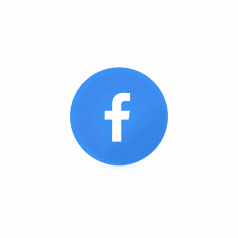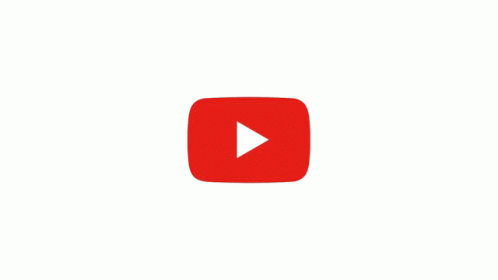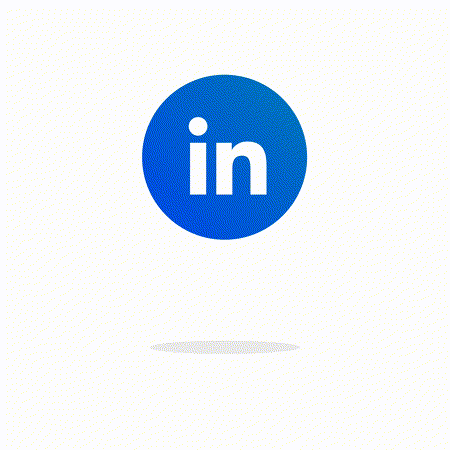
update 06/12/2023:
Greener Blockchain Solutions
Blockchain technology has been criticized for its energy consumption and carbon emissions. In 2023, there have been several efforts to make blockchain more environmentally friendly.
- Proof-of-stake consensus mechanisms: Proof-of-stake consensus mechanisms, such as Ethereum 2.0, require less energy than proof-of-work consensus mechanisms, such as Bitcoin.
- Carbon offsetting: Some blockchain companies are offsetting their carbon emissions by investing in renewable energy projects or planting trees.
- Renewable energy: Some companies are using renewable energy to power their blockchain operations.
NFT Adoption
NFTs, or non-fungible tokens, have continued to gain popularity in 2023. They have been used for a variety of applications, including:
- Art: NFTs have been used to sell digital art, such as Beeple's Everydays: The First 5000 Days, which sold for $69.3 million.
- Gaming: NFTs have been used to create unique in-game assets, such as virtual land and weapons.
- Metaverse: NFTs have been used to create unique avatars and experiences in the metaverse.
Adoption of Bitcoin and National Cryptocurrencies
The adoption of Bitcoin and national cryptocurrencies has continued to grow in 2023. El Salvador, the Central African Republic, and Panama have all adopted Bitcoin as legal tender.
- Bitcoin: The price of Bitcoin has fluctuated in 2023, but it has generally trended upward.
- National cryptocurrencies: Several countries, including China, the United States, and the European Union, are exploring the possibility of issuing their own national cryptocurrencies.
Blockchain Integration with the Internet of Things (IoT)
The integration of blockchain with the Internet of Things (IoT) is another area of growth in 2023. Blockchain can be used to secure IoT devices and networks, track the movement of goods and services, and facilitate micropayments.
- Security: Blockchain can be used to secure IoT devices and networks from cyberattacks.
- Tracking: Blockchain can be used to track the movement of goods and services, such as food and pharmaceuticals.
- Micropayments: Blockchain can be used to facilitate micropayments, which are small payments that are too small to be processed by traditional payment methods.
Blockchain in Vaccine Production and Tracking
Blockchain has been used to track the distribution of COVID-19 vaccines. This has helped to ensure the authenticity and traceability of vaccines and to prevent counterfeiting.
- Authenticity: Blockchain can be used to verify the authenticity of vaccines and to prevent counterfeiting.
- Traceability: Blockchain can be used to track the movement of vaccines from the manufacturer to the end user.
These are just a few of the blockchain trends that have emerged in 2023. As blockchain technology continues to develop, we can expect to see even more innovative applications in the years to come.
Blockchain, a distributed, encrypted database model, has emerged as one of the most exciting technological advancements in recent years. Its potential to revolutionize online trust and security has attracted widespread attention, particularly in the realm of cryptocurrencies like Bitcoin. However, blockchain's applications extend far beyond digital currencies, encompassing a wide range of industries and use cases.
In 2022, we can expect to see significant growth and innovation in the blockchain sector, driven by several key trends:
1. Greener Blockchain Solutions
Blockchain's energy consumption and carbon emissions have raised concerns about its environmental impact. As a result, efforts to "greenify" blockchain are likely to gain traction in 2022. This could involve switching to energy-efficient consensus mechanisms like proof-of-stake, adopting carbon offsetting measures, or exploring renewable energy sources to power blockchain operations.
2. Expanding NFT Applications
Non-Fungible Tokens (NFTs) have burst onto the scene, initially gaining prominence in the art world with digital artworks fetching astonishing prices. However, NFTs have the potential to disrupt various industries beyond art. In 2022, we can expect to see wider adoption of NFTs for product provenance tracking, gaming assets, and even metaverse experiences.
3. Adoption of Bitcoin and National Cryptocurrencies
El Salvador's decision to adopt Bitcoin as legal tender in 2021 set a precedent, and we can anticipate more countries following suit in 2022. This trend is driven by factors such as rising inflation, high remittance fees, and the desire for greater financial autonomy. Additionally, national cryptocurrencies, issued by central banks, are expected to gain traction, offering a more controlled approach to digital currency adoption.
4. Blockchain Integration with the Internet of Things (IoT)
The combination of blockchain and IoT holds immense potential to enhance security, scalability, and efficiency in interconnected devices and networks. Blockchain's tamper-proof nature can safeguard IoT data, while its automated and encrypted transactions can facilitate secure machine-to-machine interactions and micropayments.
5. Blockchain in Vaccine Production and Tracking
The ongoing COVID-19 pandemic has highlighted the importance of supply chain transparency and vaccine integrity. Blockchain can play a crucial role in tracking vaccine distribution, verifying authenticity, and ensuring proper storage conditions. This technology can streamline vaccine management and enhance public trust in immunization programs.
2022 promises to be a pivotal year for blockchain technology, as these trends continue to shape its evolution and expand its reach into various sectors. As blockchain matures and adoption increases, we can expect to witness transformative changes in industries ranging from finance to healthcare, supply chain management, and beyond.
The article was written by Amit Caesar
Here are some exciting new articles you don't want to miss!
- Feeling Frosty: VR Cold Sensation Tech is Here
- Apple Vision Pro: The Future of Spatial Computing
- Can Virtual Reality Smell Your Farts?
- Meta Quest 3: Everything you need to know
- Amazing products for your VR from Amazon
- The Best Accessories for Microsoft Flight Simulator
- Experience the future of sex with virtual reality and artificial intelligence
- Virtual Reality: A whole new world opens up to you on eBay
- How to Watch Netflix in VR: A Step-by-Step Guide
Here are the links to my social media pages:
Facebook: [link]
YouTube: [link]
LinkedIn: [link]
Twitter (x): [link]





